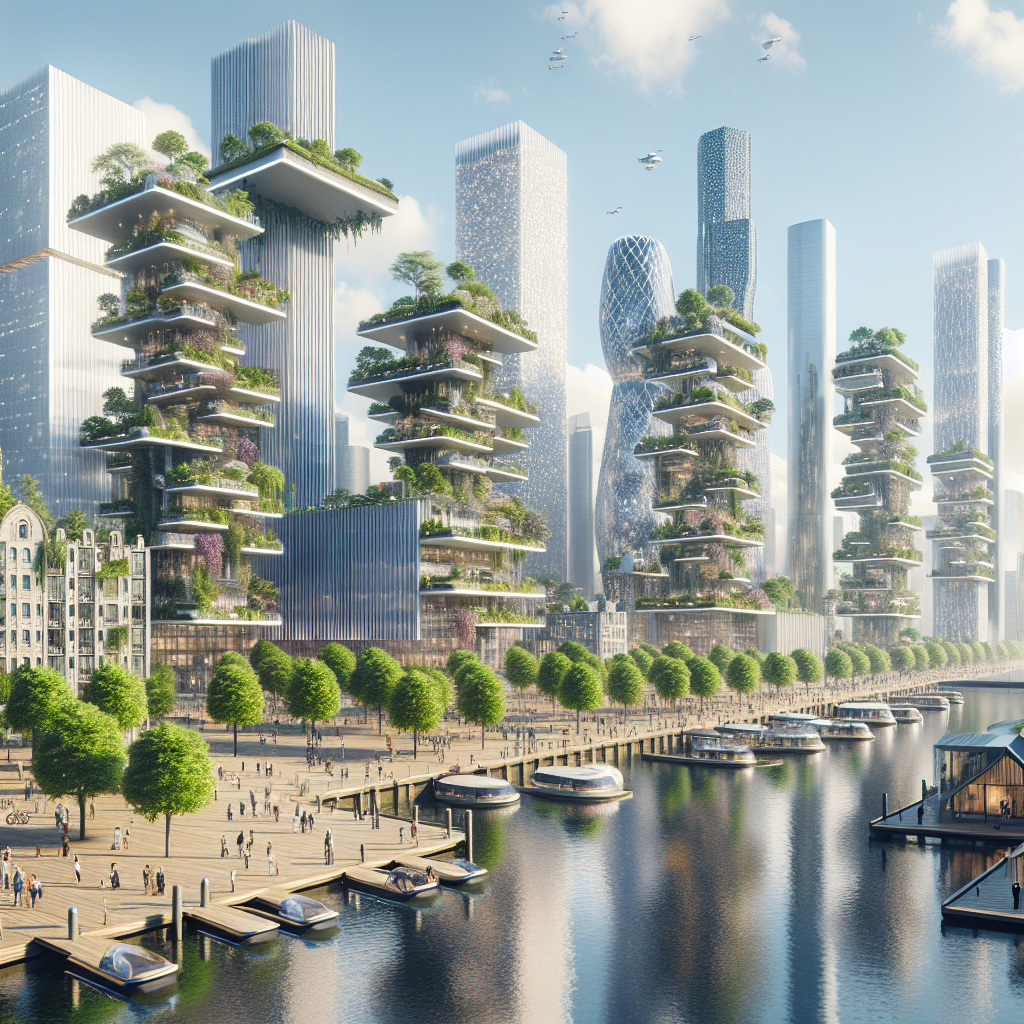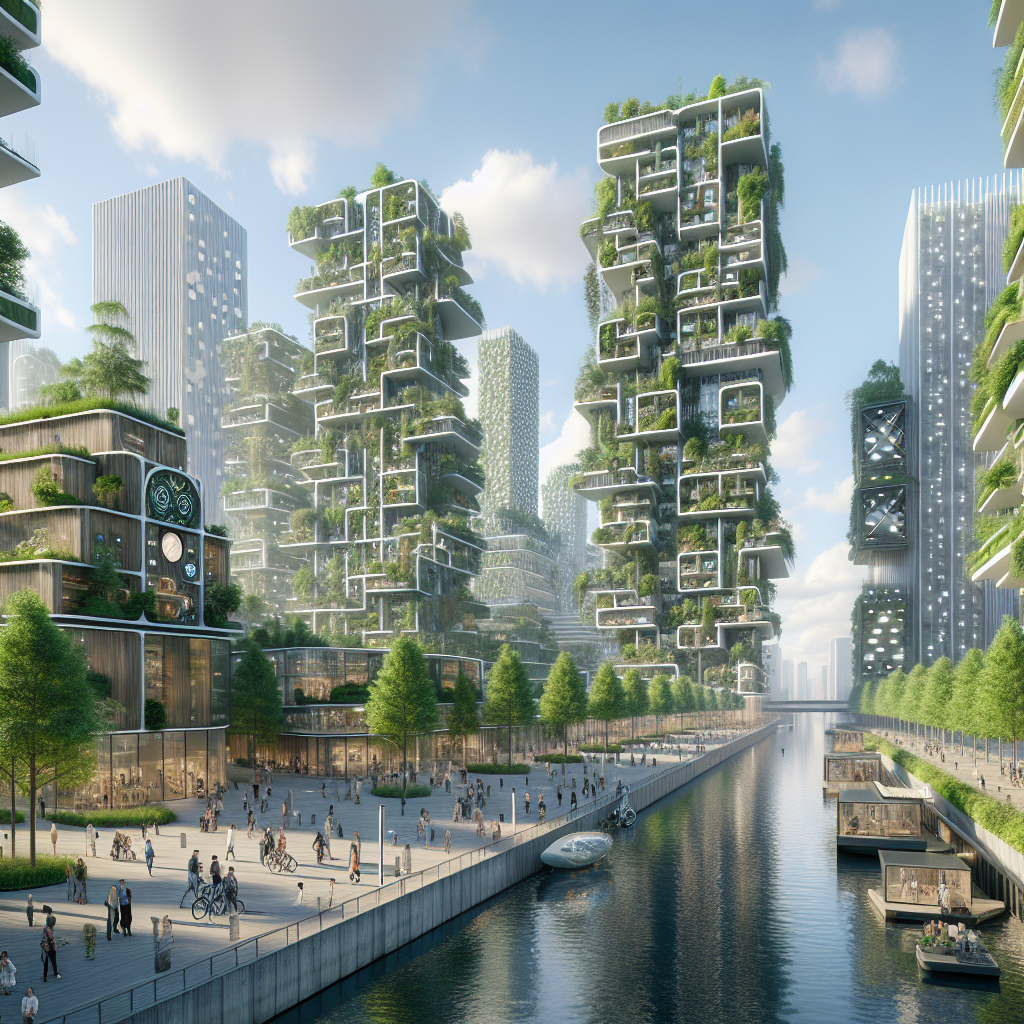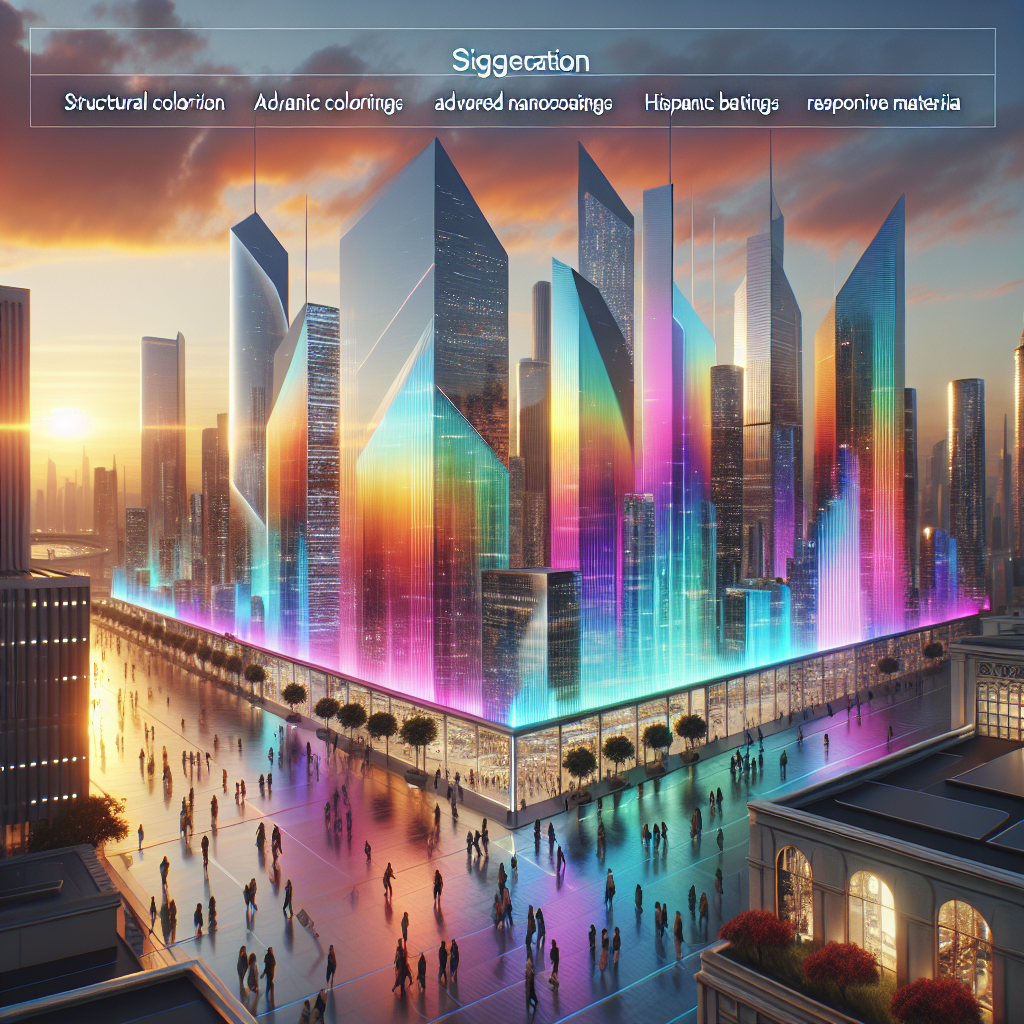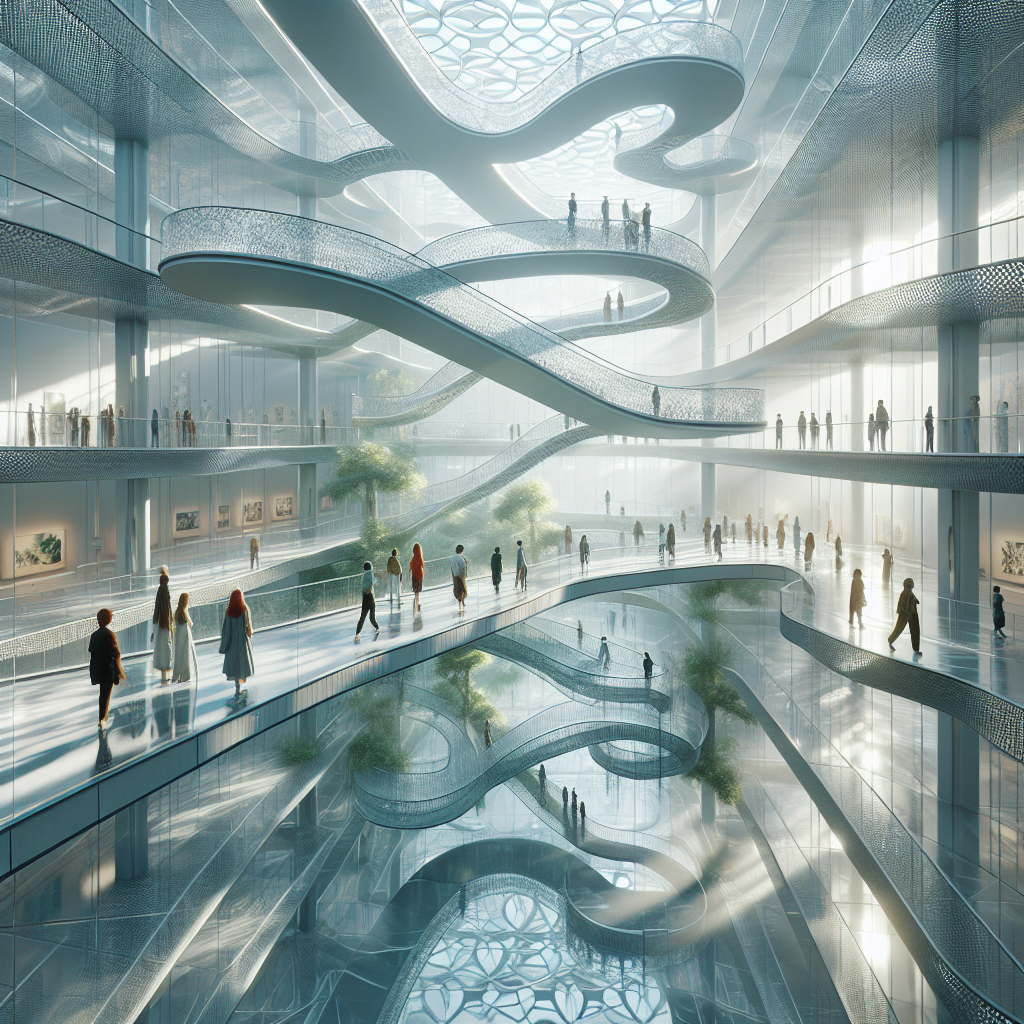Sustainable Cities: Planning Urban Environments for Future Generations

Sustainable Cities: Planning Urban Environments for Future Generations
As the global population steadily migrates towards urban centers, the design and architecture community faces an unprecedented challenge: how to create sustainable cities that can accommodate growth without compromising the environment or quality of life. The urban landscapes of tomorrow must not only be resilient and adaptive but also deeply attuned to the ecological, social, and aesthetic needs of future generations. From vertical gardens that soften concrete jungles to timber skyscrapers redefining city skylines, the evolution of sustainable urban design is transforming our understanding of what a city can—and should—be.
Biophilic Design: Nature as an Urban Catalyst
Incorporating nature into urban spaces has become more than a mere aesthetic choice; it is now a fundamental principle in sustainable city planning. Biophilic design, a concept that integrates natural elements into built environments, has been proven to enhance human health, well-being, and productivity. Studies consistently show that exposure to greenery and natural light reduces stress, improves cognitive function, and fosters a sense of community among urban dwellers. From Singapore’s lush Marina One development to Milan’s Bosco Verticale towers, biophilic architecture is setting new standards for urban living.
One striking example is Milan’s Bosco Verticale, or “Vertical Forest,” designed by architect Stefano Boeri. These twin residential towers, enveloped in over 20,000 trees and plants, create a living façade that purifies the air, moderates temperature, and supports biodiversity. Such vertical gardens not only beautify urban spaces but also actively contribute to environmental sustainability. This innovative approach has inspired numerous projects worldwide, including Paris’s ambitious plans for green infrastructure ahead of the 2024 Summer Olympic Games.
Timber Skyscrapers: The Rise of Sustainable High-Rises
While concrete and steel have long dominated urban skylines, a new wave of timber skyscrapers is challenging conventional construction methods. Engineered wood products, such as cross-laminated timber (CLT), offer remarkable strength, fire resistance, and environmental benefits. Timber buildings significantly reduce carbon emissions by sequestering carbon dioxide within their structure, making them a compelling choice for sustainable urban development.
The 85-meter-tall Mjøstårnet in Norway, currently the world’s tallest timber building, exemplifies this trend. Designed by Voll Arkitekter, the structure combines elegant aesthetics with cutting-edge engineering, demonstrating that sustainability and sophistication can coexist harmoniously. As urban planners increasingly embrace timber construction, we can expect a proliferation of wooden skyscrapers reshaping cityscapes globally. Explore more about this trend in our feature on wooden skyscrapers.
Smart Cities: Integrating Technology for Sustainable Living
Technology is playing a pivotal role in shaping sustainable urban environments. The integration of artificial intelligence (AI), Internet of Things (IoT), and augmented reality (AR) is revolutionizing city planning, transportation, and energy management. Smart grids optimize energy distribution, autonomous vehicles reduce traffic congestion, and IoT-enabled buildings enhance resource efficiency. For instance, Barcelona’s innovative use of smart sensors has dramatically improved waste management, street lighting, and public transportation efficiency.
Moreover, AI-driven design processes are enabling architects to create adaptive, responsive structures that anticipate environmental changes and user needs. For a deeper dive into how technology influences urban design, read our analysis of technology’s impact on futuristic city design.
Resilient Architecture: Preparing Cities for Climate Change
As climate change intensifies, urban areas must adapt to increasingly frequent extreme weather events. Architects and urban planners are responding with resilient design strategies that protect communities from natural disasters. Elevated structures, flood-resistant materials, and adaptive landscaping are becoming standard features in coastal cities prone to flooding. The Netherlands, renowned for its innovative water management solutions, exemplifies this proactive approach with floating homes and amphibious architecture.
In addition, cities like Tokyo and San Francisco are investing heavily in earthquake-resistant construction techniques, incorporating seismic isolation systems and flexible structural elements. Discover more about these critical strategies in our article on disaster-resistant and resilient building design.
Circular Economy: Designing for Zero Waste
The circular economy is reshaping urban design by prioritizing resource efficiency, waste reduction, and material reuse. Architects are increasingly embracing adaptive reuse, transforming abandoned buildings into vibrant community spaces, offices, and residences. Projects like New York City’s High Line, a repurposed elevated railway turned urban park, illustrate the potential of adaptive reuse to revitalize neighborhoods and preserve historical heritage.
Furthermore, zero-waste construction practices, such as modular and prefabricated building methods, minimize waste generation and optimize resource use. The rise of biodegradable materials and reclaimed resources further underscores the industry’s commitment to sustainability. Our comprehensive exploration of zero-waste masterpieces highlights innovative projects leading this transformative movement.
Urban Mobility: Rethinking Transportation Systems
Efficient, sustainable transportation is essential for livable cities. Urban planners are prioritizing walkability, cycling infrastructure, and public transit to reduce dependence on private vehicles. Cities like Copenhagen and Amsterdam have long championed cycling culture, integrating extensive bike lanes and pedestrian-friendly zones into their urban fabric.
Emerging technologies, including autonomous vehicles and micromobility solutions like electric scooters, further enhance urban mobility. These innovations promise to reduce traffic congestion, lower emissions, and improve accessibility for all residents. Our recent feature on urban mobility delves deeper into these transformative trends.
Designing for Inclusivity and Community Engagement
Sustainable cities must also be inclusive, fostering social cohesion and community engagement. Participatory design processes, where residents actively contribute to urban planning decisions, ensure that developments reflect local needs and aspirations. Inclusive playgrounds, accessible public spaces, and community-driven architecture empower diverse populations and strengthen social bonds.
Barcelona’s “Superblocks” initiative exemplifies this approach, reclaiming streets for pedestrians and community activities, thereby enhancing quality of life and reducing pollution. By prioritizing inclusivity, cities can cultivate vibrant, resilient communities prepared to face future challenges.
Envisioning the Sustainable City of Tomorrow
The sustainable city of the future is not merely a vision but an achievable reality. Through biophilic design, innovative construction methods, smart technologies, resilient architecture, circular economy principles, and inclusive planning, architects and urban designers are redefining urban environments. As we navigate the complexities of urbanization and climate change, the imperative to create sustainable, livable cities has never been greater. By embracing these transformative strategies, we can ensure that future generations inherit thriving, harmonious urban landscapes that balance human needs with environmental stewardship.








